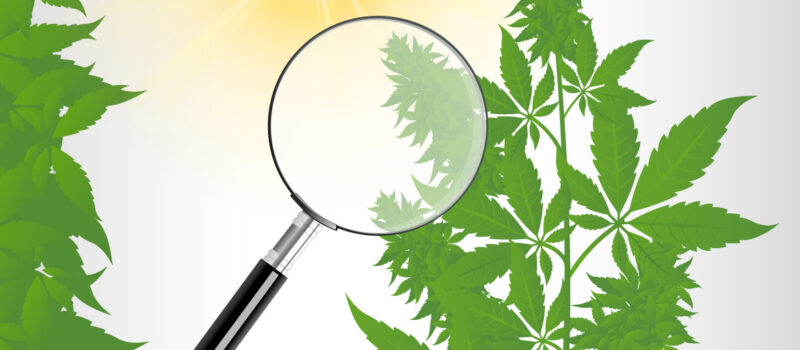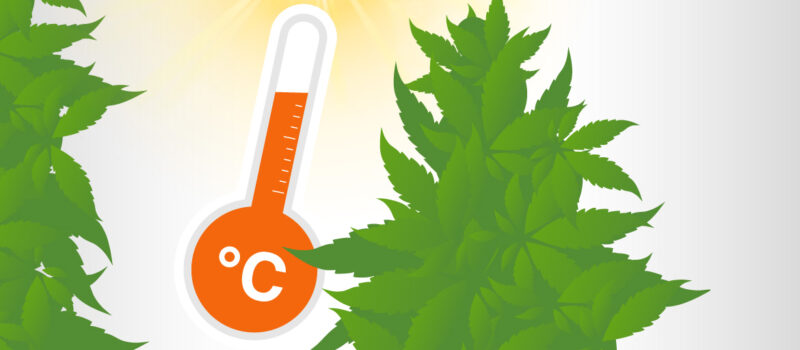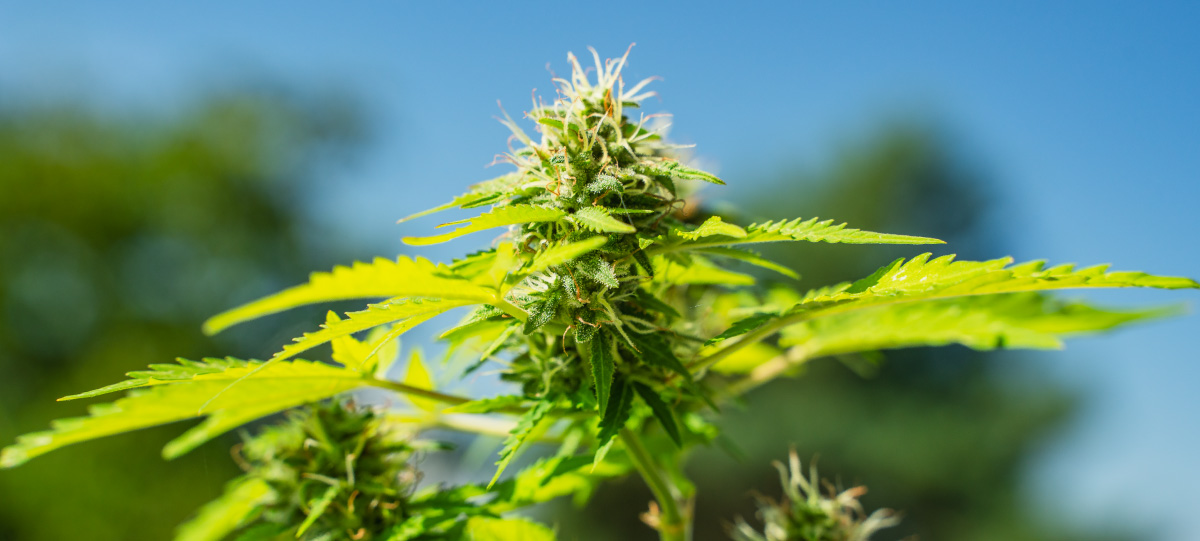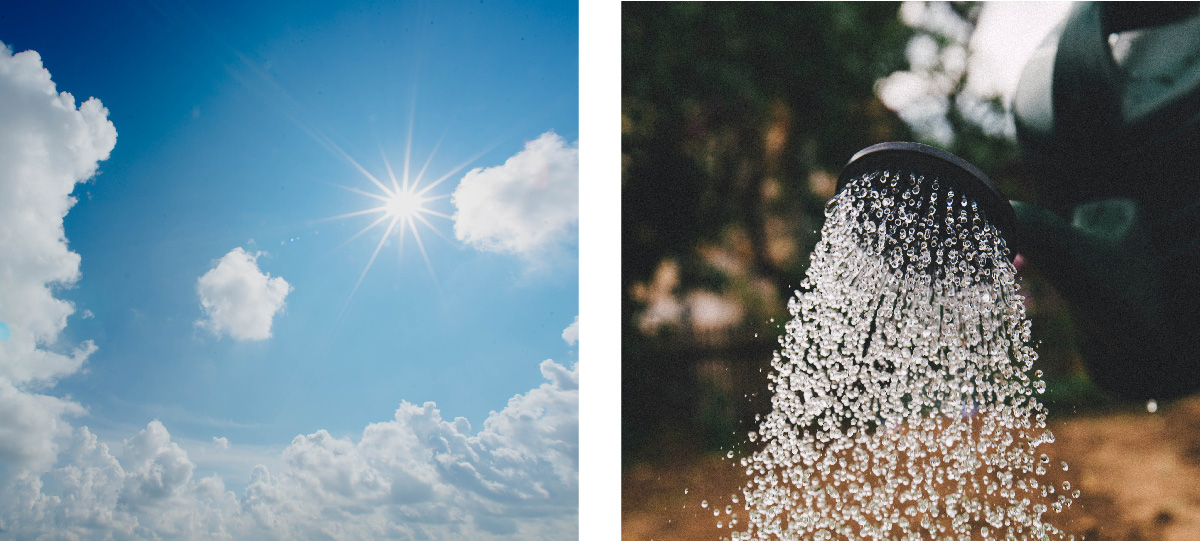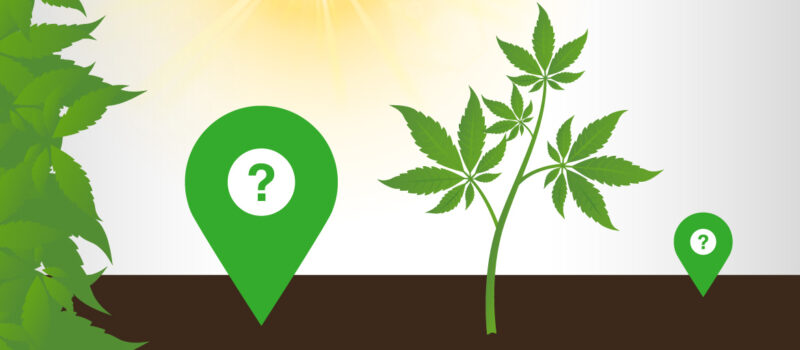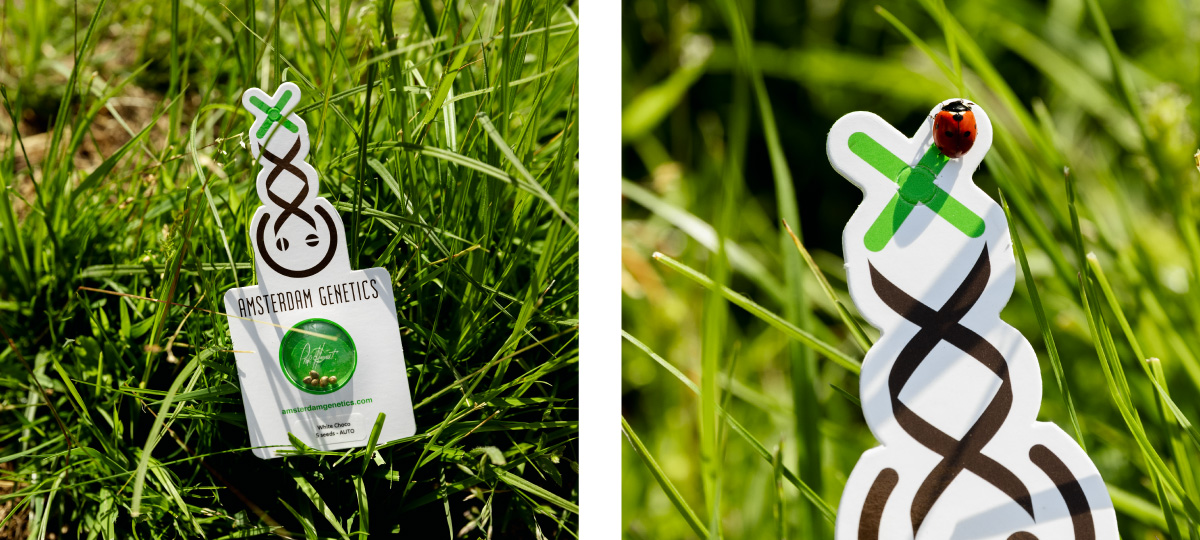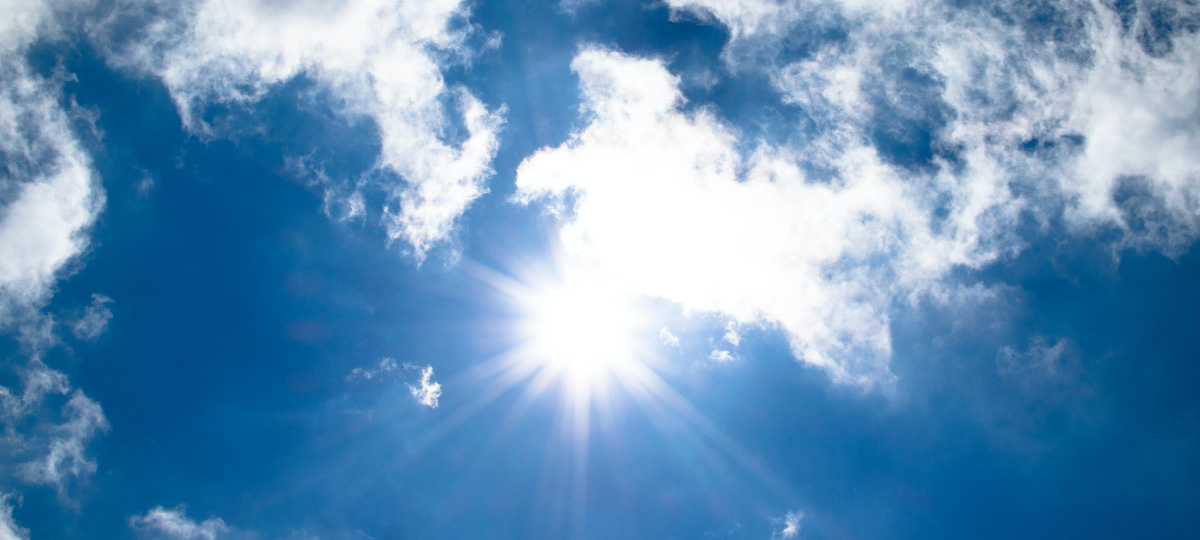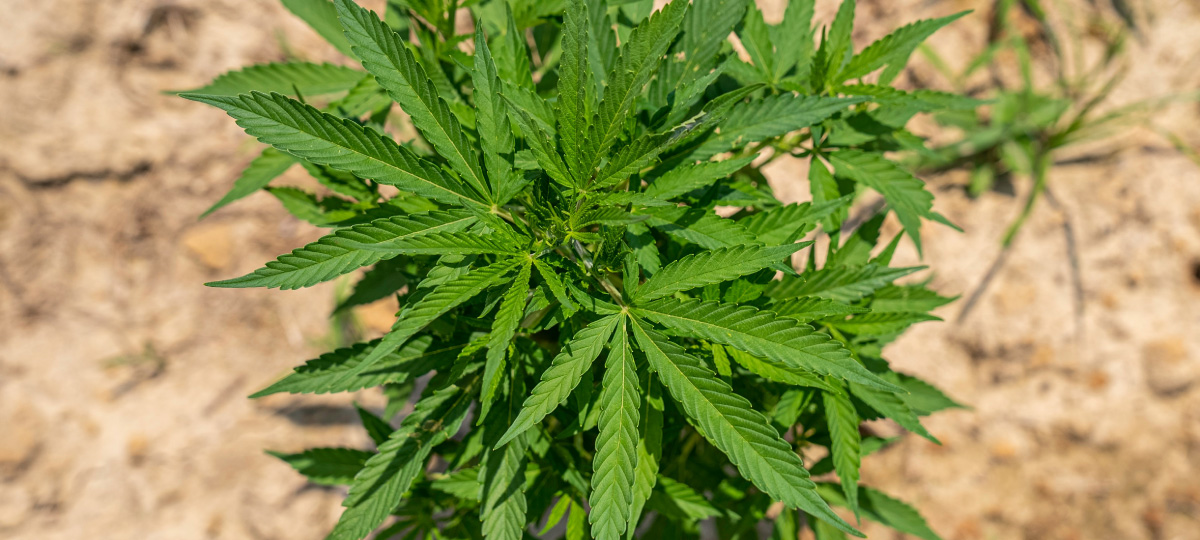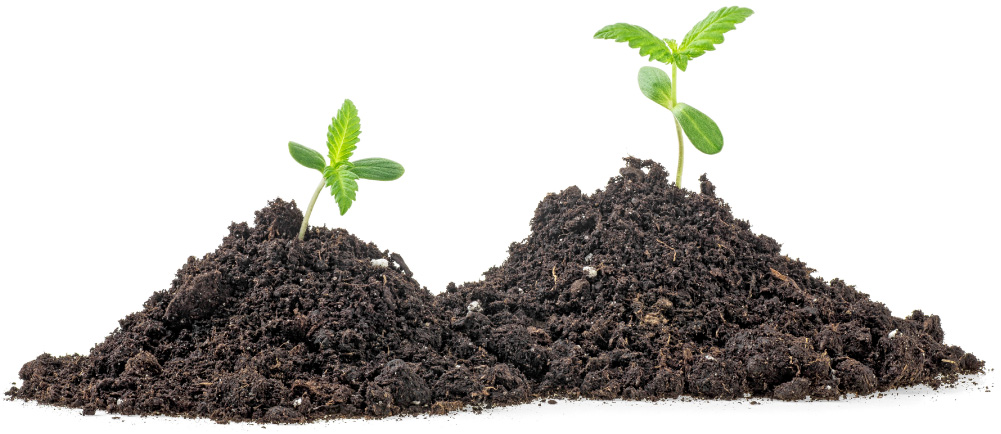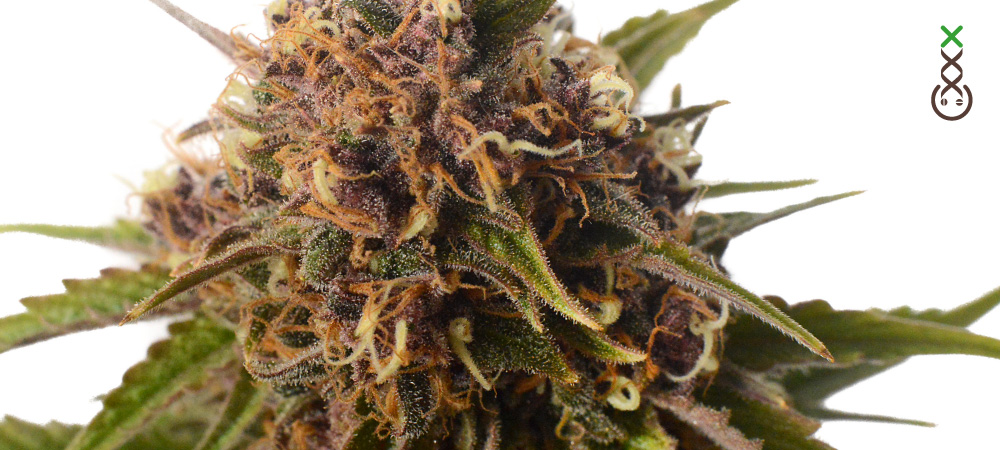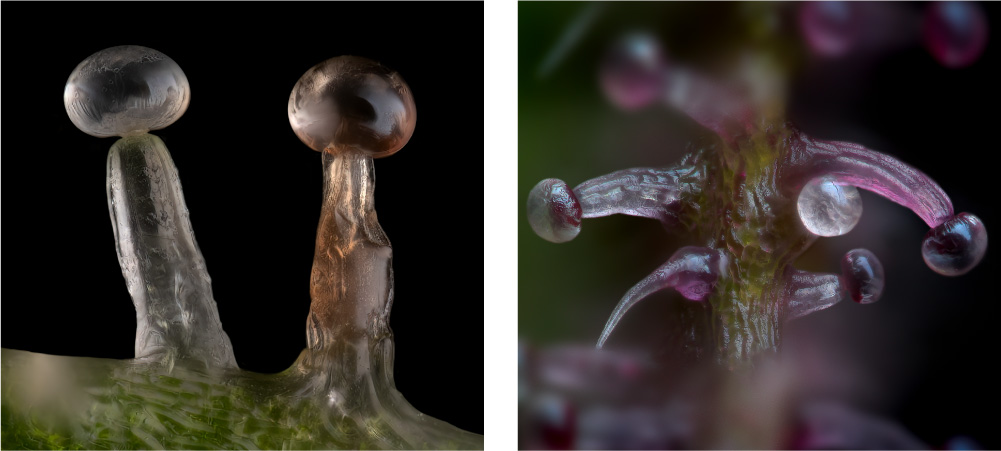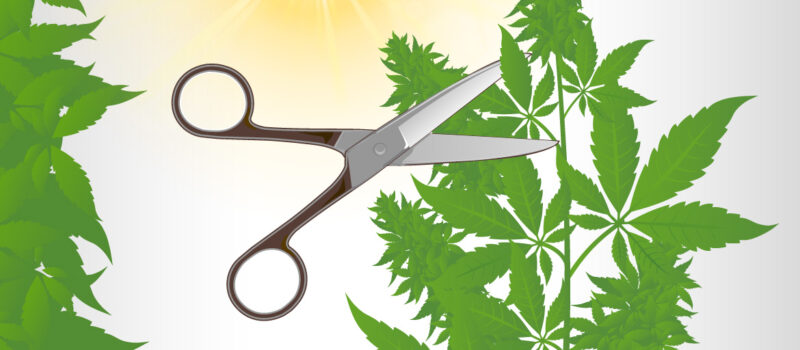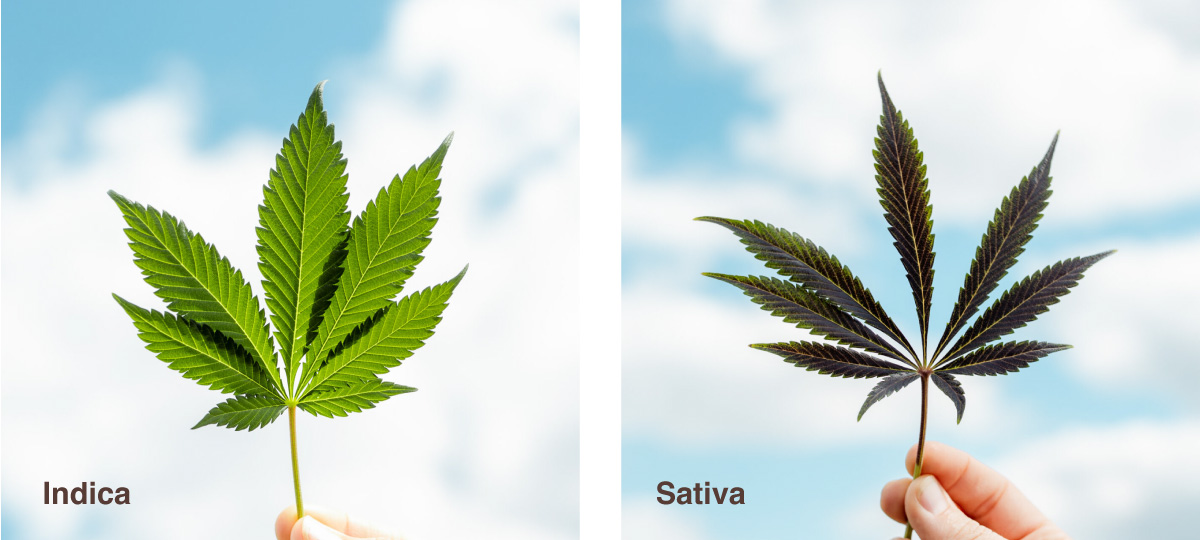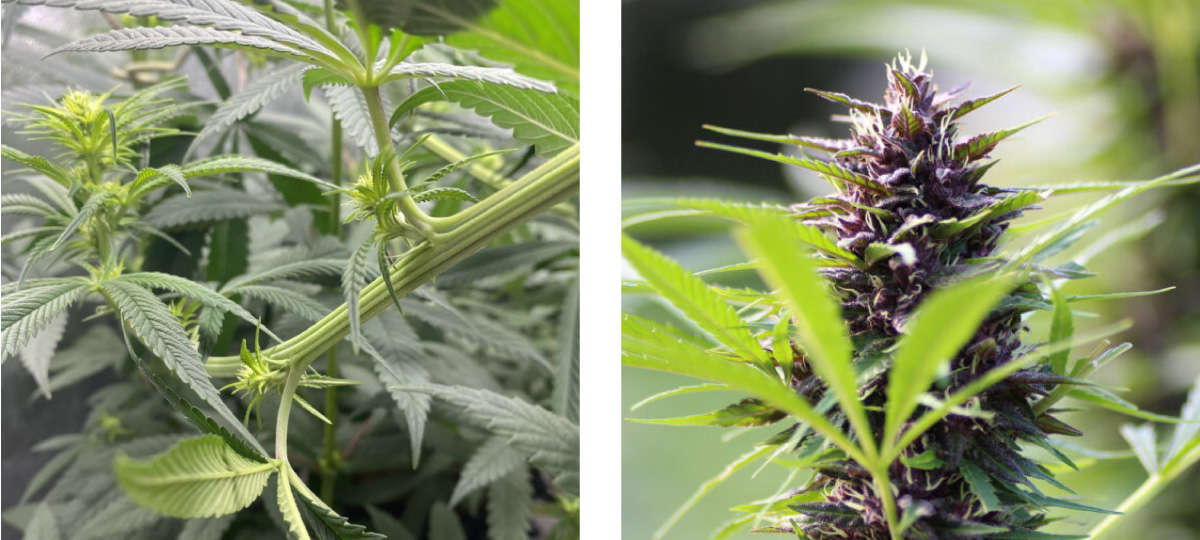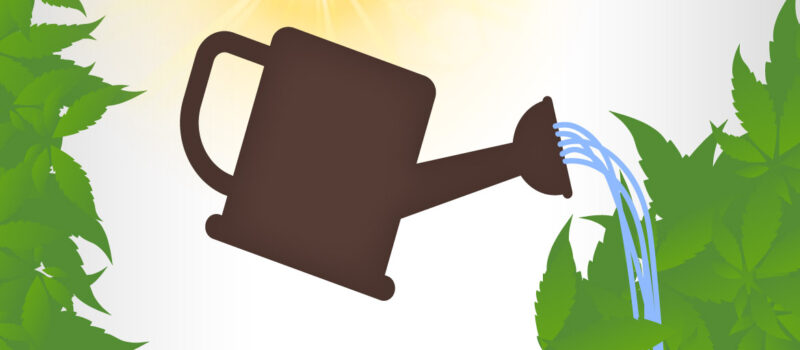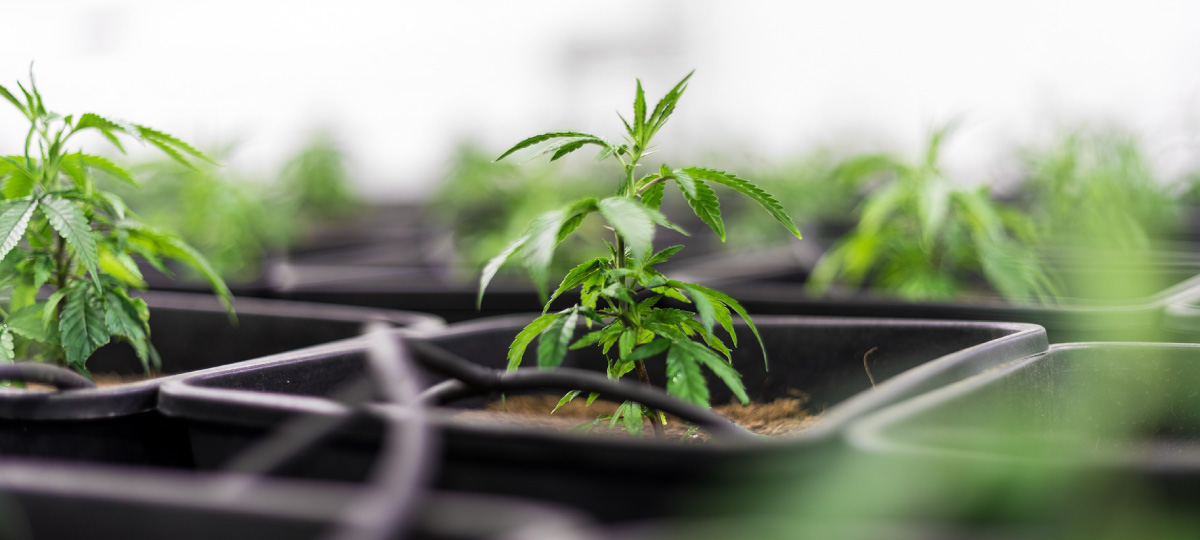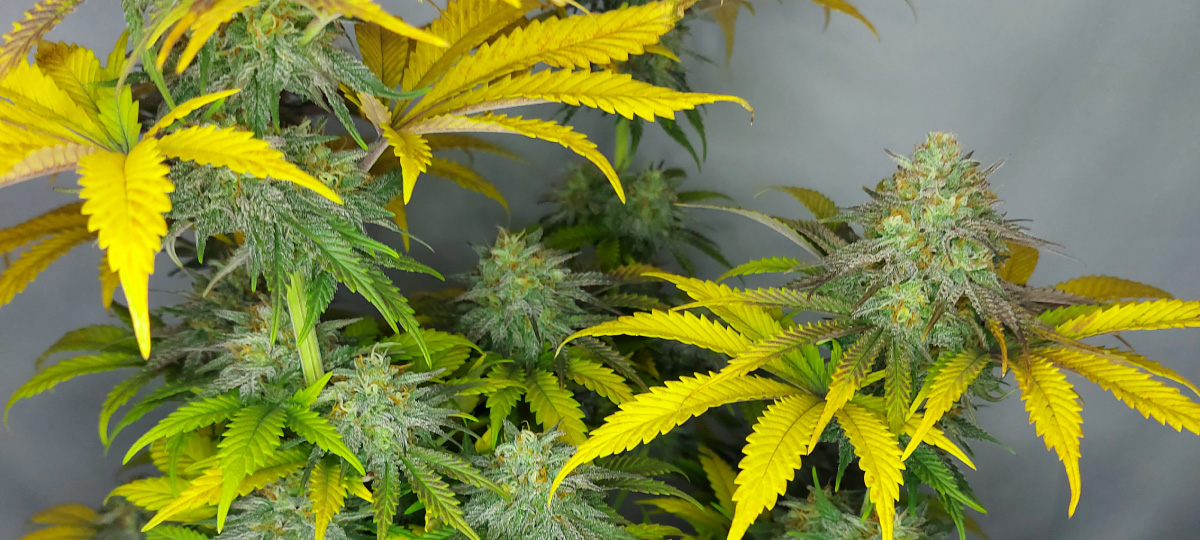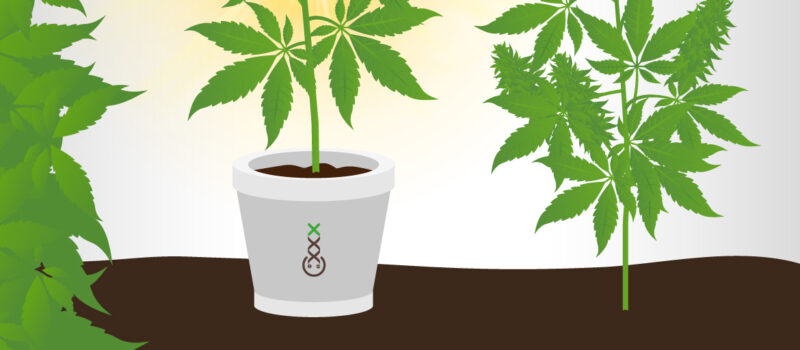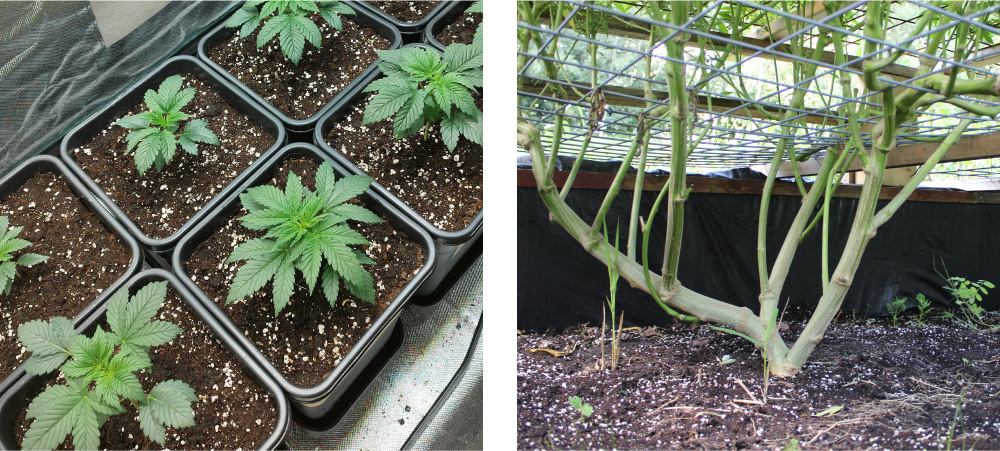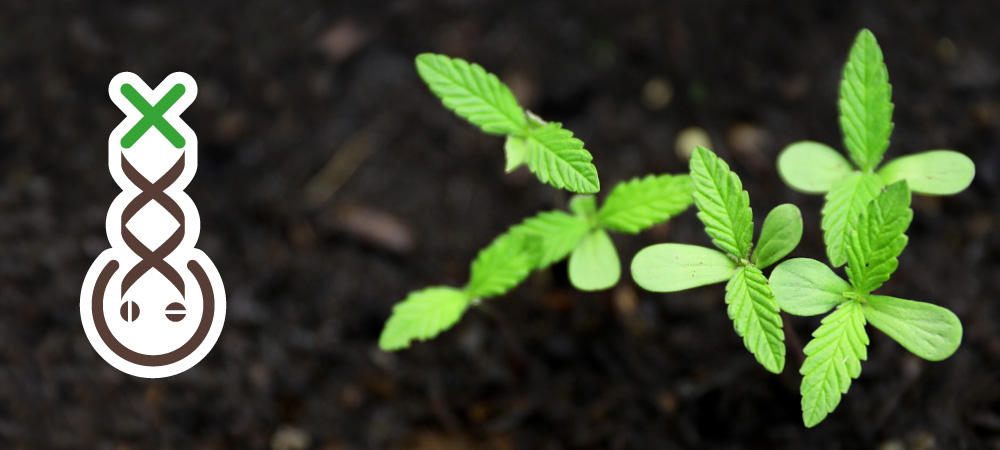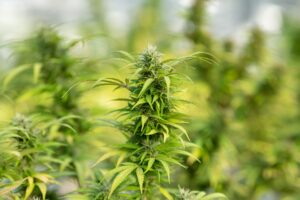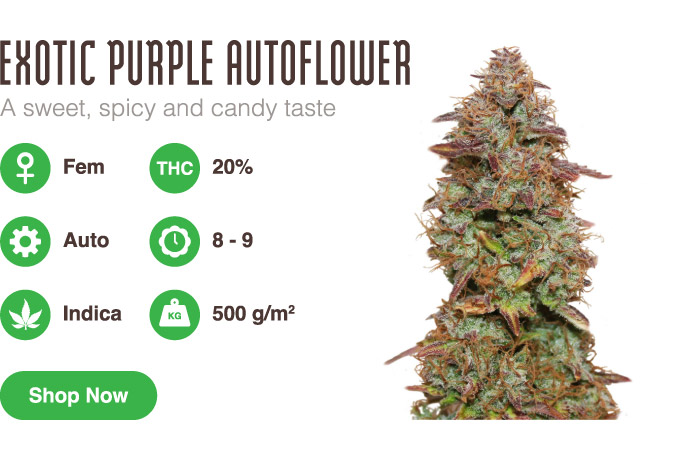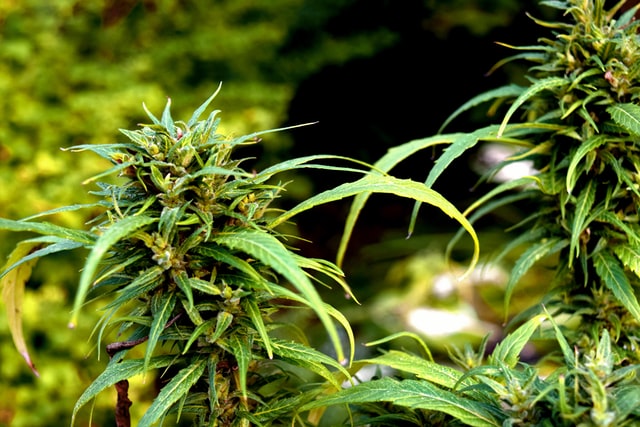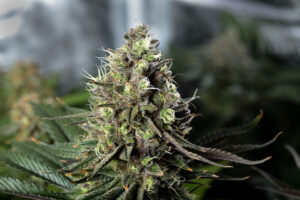Outdoor cannabis cultivation carries many benefits. Your plants grow and bloom in the fresh air under a radiant sun, benefiting from everything that nature has to offer. However, it’s crucial to keep an eye on your plants’ health to prevent problems. In this blog, you’ll learn how to handle the maintenance of cannabis during outdoor cultivation.
Inspection and maintenance of marijuana plants
Growing weed outdoors may seem easy: you sow some seeds, occasionally water them, and before you know it, you have a nice harvest in hand. And it’s true: cannabis is a robust, strong plant that can handle a lot. But still, if you’re working towards a splendid harvest, it’s best to regularly check your plants and perform maintenance during outdoor cannabis cultivation.
Doing so can prevent many problems. Even though weed is strong, your plants can fall victim to pests and diseases and grow too fast or too slow.
Occasionally pruning, providing extra nutrition, and protecting your plants against diseases increases your chances of a bountiful harvest. And that is certainly worth the extra effort, we think!
Below, we provide you with some simple tips to quickly assess your plants’ health. You’ll learn what to look out for and how to prevent or solve problems.
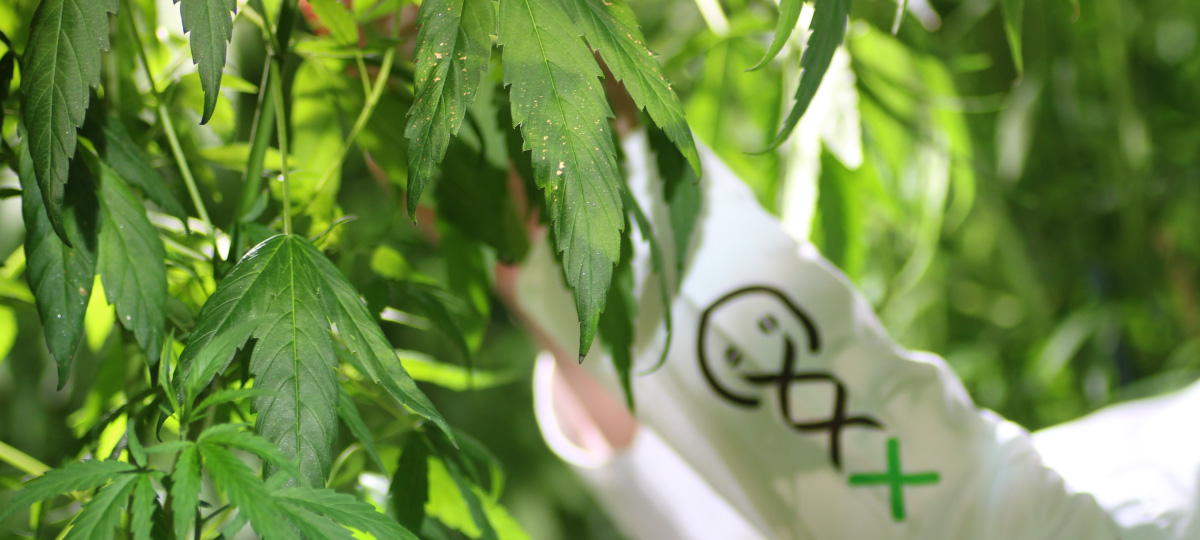
Signs of disease and pests
Fungi
It’s important to regularly check whether your marijuana plants are not infected by a disease or pest. Fungal infections can quickly rob you of a good harvest. They can occur in both indoor and outdoor cultivation.
Many types of fungi affect not only the leaves but also the buds. Two common fungi are mildew and bud rot (botrytis).
Mildew lies like a white, powdery substance on the leaves and can spread from there over the plant. The leaves turn yellow and eventually die.
Bud rot usually starts at the bottom of the plant stem and works its way up to the buds. You can see an infection by dry, discoloured leaves and withering buds.
Fungi are not easily controlled. Find the plants that have an infection and separate them. You can try to prune the affected parts, so the plants hopefully survive.
The best way is to try to prevent fungi. You can do this by ensuring your plants stand as much as possible in the full sun. If it rains for a long time, it’s a good idea to place a tarp above your plants. If your plants are in pots, you can, for example, bring them inside during heavy rain.
A lot of moisture is ideal for the formation of fungi. Try to prevent your plants from touching each other as much as possible to hinder the spread of fungi. The better the airflow, the better.
Try also to water your plants at the foot. When you spray or irrigate, fungi can multiply more easily.
Pests
During maintenance while growing cannabis, it’s also important to watch out for pests. Think about fungus gnats, spider mites, and aphids.
Fungus gnats can be in garden soil, but a high humidity level also attracts these annoying creatures. If you see them on your plants, you can combat them with neem oil or diatomaceous earth. Also, deploying their natural enemy (ladybugs) is an option.
Spider mites can also plague your marijuana plants during outdoor cultivation. These are small red or black spiders. They can reproduce quickly and love warm, dry conditions.
Many pesticides do not work against these mites. It’s best to prune the affected leaves and spray your plants with a mixture of neem oil and water. You can also use ladybugs to combat spider mites.
Then you can also get aphids. These can be very destructive. If you’re maintaining your weed plants outdoors, make sure you combat aphids as soon as possible. This can be done by removing the affected leaves. Also use water and neem oil and deploy predatory insects.
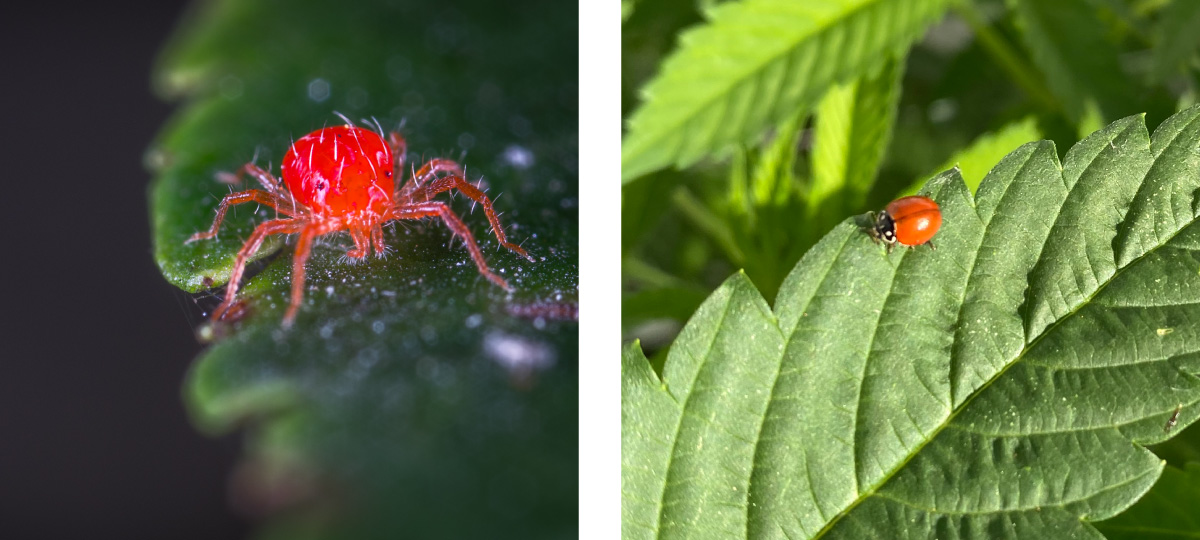
Better Harvest Through Pruning and Maintenance
Pruning and regular maintenance when you grow cannabis are good ways to keep your plants healthy and assure yourself of an optimal harvest.
Pruning isn’t just to give your plants a visually appealing shape. Marijuana plants can grow incredibly fast, and they can therefore become too big and take light away from other plants.
So, it makes sense to remove certain leaves. This ensures more light and air can circulate between your plants, enabling them to grow better. Conscious pruning also ensures your plant doesn’t put energy into the leaves, but into full buds. This is something you, as a grower, benefit from too.
There are different techniques you can use, such as topping, fimming, defoliation, LST, and supercropping. If you want to keep it simple, start by regularly removing unhealthy leaves (with discoloured edges or damage).
Keeping a close eye yields a lot
As you can see, regularly inspecting and maintaining your marijuana plants is certainly worth it. You can prevent many annoying problems and ensure healthy, strong plants. And it’s really not that much work. With a little extra effort, you assure yourself of a bountiful harvest.








